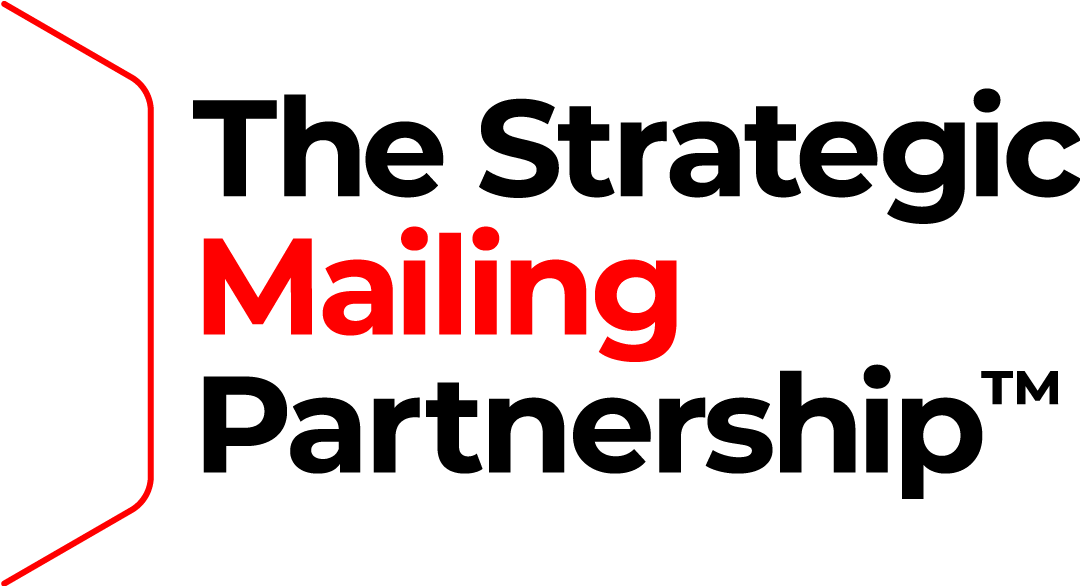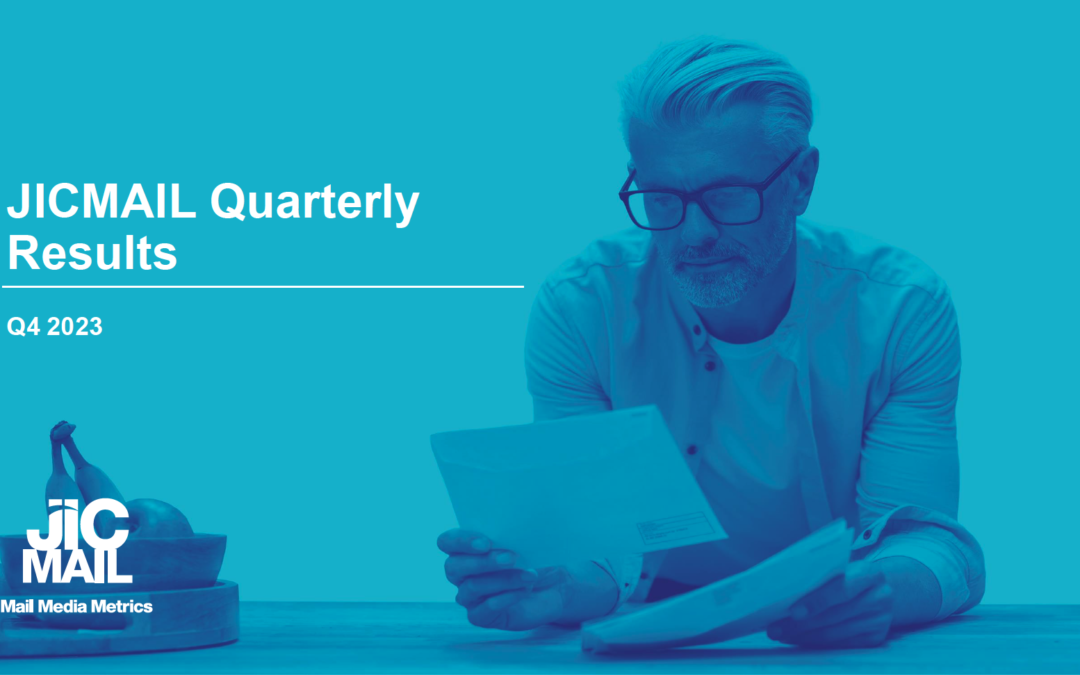Kerry Holden, Managing Director, Mailbird Organisation Ltd and Mediascene Limited, has provided an in-depth insight into his own experiences in the mailing industry, the importance of true data integration and looking at the bigger picture.
I rarely write articles. I believe an article should leave you, the reader, knowing something that you didn’t already know before you read it.
I could write something about the power of print and mail. But you already know about that. Therefore, I’ll write about the only thing I can think of that you won’t know anything about. My own experience.
Remember this point: there’s only two ways to make money in business. You either increase sales or decrease costs – or preferably a little of both. Ok, so you already know that too. But bear with me.
Years ago, I was at an SMP Masterclass. They don’t run them anymore, which is a shame. This one to which I’m going to refer, helped shape the way I think about business. My own business and those of my customers.
There was a chap speaking called Al Wightman. He’s one of those people who is so smart that with every sentence he uttered, I felt dumber and dumber. In fact, Al is so smart that he no longer works in data analytics. He’s now living the dream as a music producer. Good for him.
Anyway, the theme of his speech was simple. When it comes to data there are three stages:
- Data
- Insight
- Action
Al stated that insight is almost completely overlooked when it comes to data. He was spot on of course. It was, is and probably always will be. Some things never change.
But it got me thinking about that first stage. Data.
Al was talking about Big Data and the challenges of aggregating data, and it got me thinking. It isn’t specifically Big Data that are affected. It’s pretty much all data.
Look at your own business as an example. You’re using a variety of different systems built up over time as the needs of the business change. Or, you have an all-singing, all-dancing CRM system that was designed in the 80s – which, incidentally, is where your business will remain until you realise the world has moved on.
Those with multiple systems might think: Yeah, what’s your point? Our systems are integrated. However, I would push back on that and ask them what integration means. To use a metaphor, your household could be classed as integrated. You and those you live with are all under one roof and it’s much easier to manage your household when you’re there.
If you lived somewhere else, there would be logistical difficulties. You’d need to rely on someone who was there to remember to do things, such as turn off the lights and keep the place tidy, then communicate to you that they’d done that. Whereas if you were there, you could see for yourself whether these things had been done or not.
When your data aren’t integrated in the true sense, managing your data can become costly and cumbersome. Data, for many businesses, are a precious asset. Yet, data often receive a 1-star service when it comes to being managed and incur a 5-star cost.
Integration is where you bring together component sub-systems into one system. Those businesses stuck in the 80s are now laughing, because that’s what they’ve got. The only difference being that they’re still stuck in the 80s, with 80s technology – and mindset.
I would therefore argue that most businesses utilising multiple systems have NOT achieved integration. Instead, they have multiple data points and, whilst they can access all their data, this is confined to the data present within each sub-system.
Here’s the simplest of examples. I still get introductory subscription offers from The Economist, despite having been a subscriber of theirs for years. When I log into my account and unsubscribe from their emails, I still get sent them. Why? Because there is another system somewhere that is not checking to see whether I am already a subscriber.
I’ve been through that journey in my own business. It was painful. Of course, now I’m completely sanctimonious about it.
Whether you deal with a brand direct or with an agency of some kind, do you ever think about the journey the data have had to go through to get to you – and the business processes? Do your customers ever think about that journey? You should and here’s why.
In my 20+ years’ experience in this industry, these are the things I know for an absolute fact:
- Most of my customers, whether they realise it or not, are heavily constrained by the systems they use and how their data are managed. The marketing department, procurement, finance, whichever department you’re dealing with, doesn’t realise that. Maybe IT do, but they understand systems, not necessarily business, so things get lost in translation.
- Most businesses carry out a lot of unnecessary admin, incur cost in doing so, and still have poor data integrity at the end of it. What’s worse is it’s completely normalised for them.
- Most of my competitors will talk about understanding their customers but when push comes to shove, it’s just hot air. They will either sell them something they don’t need, or that doesn’t quite fit because their own systems have some limitations. In fact, they have the exact same issues that their customers have.
So, what makes my business so perfect? Well, of course, it isn’t. But what I get right better than most of my competitors is that I understand my customers business, i.e., getting under the hood and finding out how it works. To be clear, that’s not the same as understanding your customers in a marketing sense.
Here’s an example. One of our salespeople asked me to look at a fulfilment tender for a company. They needed help with the pricing. As we know, tenders are the ultimate test of ones resolve and determination. This was no different.
Upon deciphering the tender, I concluded that the 30 or so pages of documentation were essentially asking the supplier to:
- Receive email requests
- Process requests
- Provide reports
I gave my salesperson the information they were after and told them to complete the tender. I then became a customer of this business and went through the customer journey. I found out absolutely everything I could about that business and what I couldn’t find out I was able to piece together by asking questions in the PQQ of the tender.
I then submitted a completely different proposal alongside the tender.
It got their attention and we got invited through to judge’s houses. We had 40 minutes to put forward our proposal.
At the meeting, we quickly went through the prerequisites, using some case studies of similar work we had undertaken. Then we got down to the real business at hand.
This business was receiving fulfilment requests through a form on their website that gets delivered to a monitored email inbox. That email is then forwarded on to the incumbent, who processes it and keeps a log of that in their database, before reporting back to the customer on a weekly basis.
Some of these requests were also taken by phone. These get entered into a separate database somewhere before a file is pulled off each week and sent to the incumbent, who does the same thing as with the email requests.
From the reports provided, the customer updates their databases, manually.
I don’t know, perhaps no one had ever sought to improve on this method, but it was a textbook case of this-is-the-way-we’ve-always-done-it.
I proposed to them that they integrate into our system. This would give them more control and flexibility because they weren’t about to change their own systems. Instead, they could use ours as their central data point and if it worked, it would demonstrate the business case in the longer term for them to eventually do it themselves. They could fully reap the benefits of integration without changing anything at their end.
We would redesign the web forms and requests would feed directly into our system, to which they would have access. We could either manage the inbound calls for them, or they could log directly into our system to enter call details for fulfilment.
Whenever we processed an order, we would update the record, and it would synchronise back to their systems in real-time. Or, if they made a change at their end, it would synchronise back to us.
They could run their own reports directly from our system and the reports would be in real-time. If we did something, they could see it. If we hadn’t done something, they could see it.
They would communicate with us, directly within our system – almost like using Facebook – removing the need for abstract emails. If something was not going according to plan, they could raise a ticket on our system. This would make us accountable and establish baseline KPIs.
Importantly, they could create their own quotes and orders within our system and manage any projects they had on the go with us. In essence, we would be an extrinsic part of their business.
Most importantly, ALL their data would be in one place, they’d have a single view of it, and it would be managed 24/7. They wouldn’t have to change any of their systems, and it wouldn’t matter where the data are updated, it would automatically update everywhere. Asynchronous.
There would be no switching costs. If ever we were not up to the task, they could just unplug from our system. Their databases would all be up to date and ready for the next supplier. I am an absolute firm believer in this. If you must try and tie your customers in by making it difficult and costly to go elsewhere, you must ask yourself why you need to do that. Why not just provide a good service instead?
What was supposed to be a 40-minute presentation took over 2 hours – and two hours was all it took to save them hundreds of thousands of pounds per year; costs that they weren’t actively even looking to save. All it really required was to look deeper into the business and see the bigger picture.
Naturally, the inevitable question arose: ‘But, how much is this going to cost?’.
‘Nothing’, I told them. ‘It will not cost you a penny more than what we’ve quoted you on the tender for your fulfilment requirements’.
‘Why?’ one of the panel enquired. ‘Why would you do all this for free?’.
The answer came back to my first point: you make money in business by either increasing sales and/or decreasing costs. This was precisely what I was doing. I would win new, profitable business, whilst at the same time stripping a ton of the cost of doing that work out of both our businesses.
It was a win-win situation.
In summary, nothing I’ve said here is new or innovative, yet it still surprises me there’s this mentality in our industry that it’s all about how cheaply you can get it done. Mail producers think that way; customers think that way. It’s a race to the bottom mentality. In the triangle of quality, speed, and cost, where you can have any two you like (but only two) the common focus is on speed and cost.
Of course, there will always be a need for speed and cost. However, many of my competitors have sat there over the years, scratching their heads and wondering why it is I can charge more money for the same service, and yet they either lose the business to me, or can’t win it off me, no matter how cheap they go. Well, now they know and so do you.





